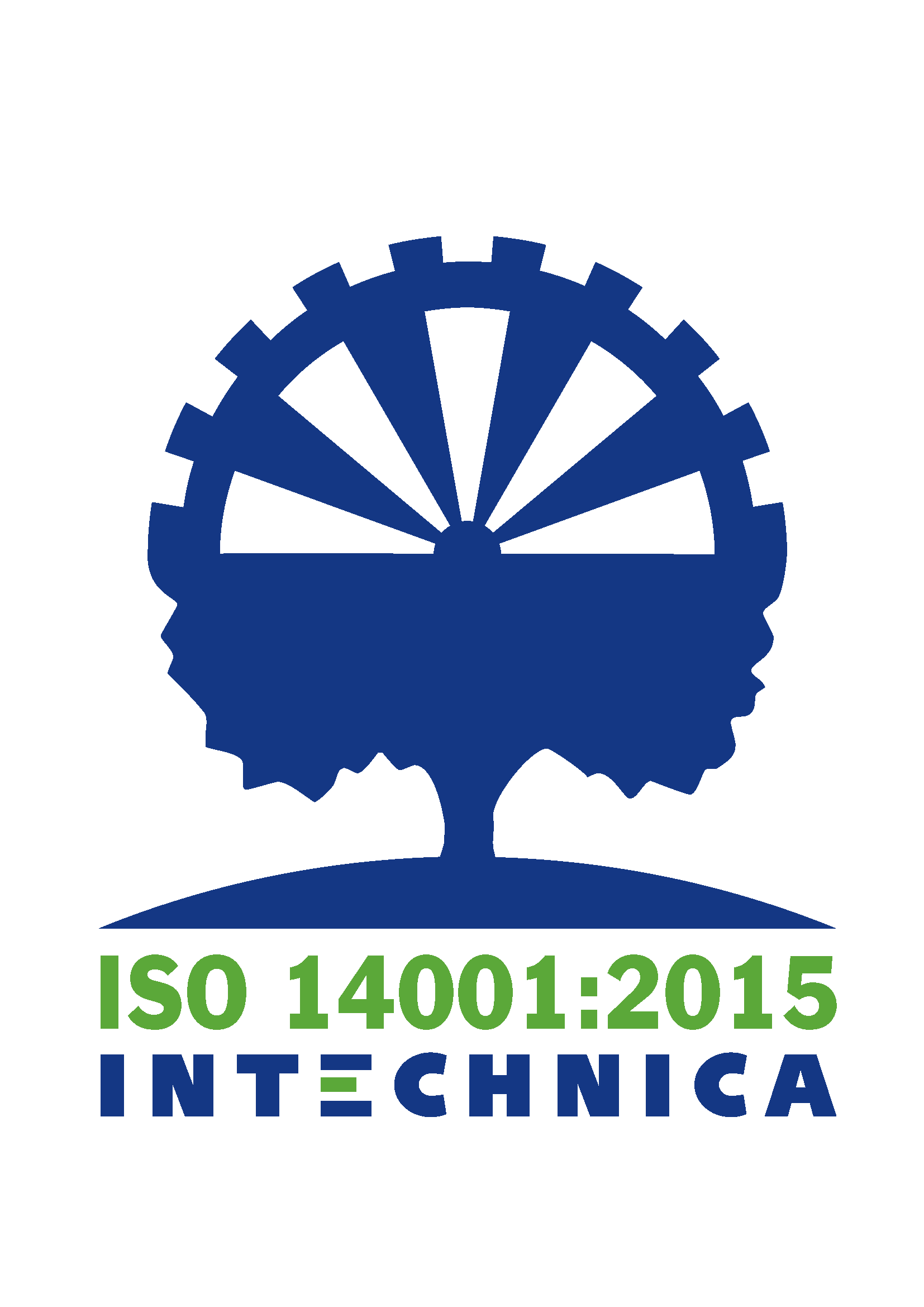Spiral springs are versatile and indispensable components in various industries, from the watchmaking sector to mechanical engineering. These return elements provide a linearly increasing torque and are employed in numerous applications. In this article, we’ll delve deeply into them, understand their functioning, and explore the various applications in which they are used.
The Basics of Spiral Springs
Structure and Materials
They are made from a continuous strip or wire bent in a spiral shape. The materials used for spiral springs vary according to their application. Textured ribbons, stainless steels, carbon steels, and special materials like copper alloys are employed. Typical material thicknesses range between 0.10 and 1.5 mm.
Manufacturing
Manufacturing demands precise techniques and expertise. Traditional manufacturers have years of experience in production, offering customized solutions. From individual production to mass production, spiral springs are manufactured according to the specific requirements of customers. The ends of the springs can have various shapes, including pear-shaped holes, drilled holes, tabs, angles, loops, or by special request.
Applications of Spiral Springs
They find broad application in various industries and offer a multitude of functions. Here are some of the primary applications of spiral springs:
Watchmaking Industry
In the watchmaking industry, spiral springs are a key component for mechanical clockworks. Balance spiral springs act as the “timekeeper,” determining the accuracy of the watch. Special materials are used to compensate for the influence of temperature and magnetism on the watch’s accuracy.
Mechanical Engineering
In mechanical engineering, spiral springs are employed as return elements to generate linear restoring force. They are used in applications such as quill strokes and magnetic switches. The springs act as compensating springs for minor rotation angles, providing uniform restoring torque.
Electrical Industry
They also find application in the modern electrical industry, especially in magnetic switches. The springs ensure a reliable switch reset and contribute to the stability of electrical components.
Automotive Industry
The automotive industry is another crucial application for spiral springs. They are used in various areas, including chassis components, brakes, clutches, and steering systems. Spiral springs provide precise and reliable suspension, contributing to the performance and safety of the vehicle.
Specialized Spiral Springs and Their Characteristics
Besides the common ones, there are specialized variants developed for specific requirements. Here are some examples:
Bimetal Springs
Bimetal springs are employed for temperature-dependent actuating and control operations. They are used in thermometers, temperature regulators, and safety switches. These springs leverage the properties of different metals to enable precise movements based on temperature changes.
Compensating Springs
Compensating springs are used to balance minor rotation angles and ensure uniform reset. They provide precise and reliable performance in applications requiring accurate reset.
Vibration Generators
Spiral springs are also utilized as vibration generators, particularly in drives and sensor systems. They offer a precise and repeatable vibration frequency that can be used in various applications.
Conclusion on Spiral Springs
Spiral springs are versatile components widely used across various industries. They provide precise and reliable suspension, compensation, and reset in a multitude of applications. From the watchmaking industry to mechanical engineering and the electrical industry – they play a crucial role in ensuring precision and performance. Through customized manufacturing and the use of specialized variants like bimetal springs, they can meet the specific requirements of different applications.
Perhaps you’re also interested in extension springs, torsion springs, or wave springs?









Leave A Comment